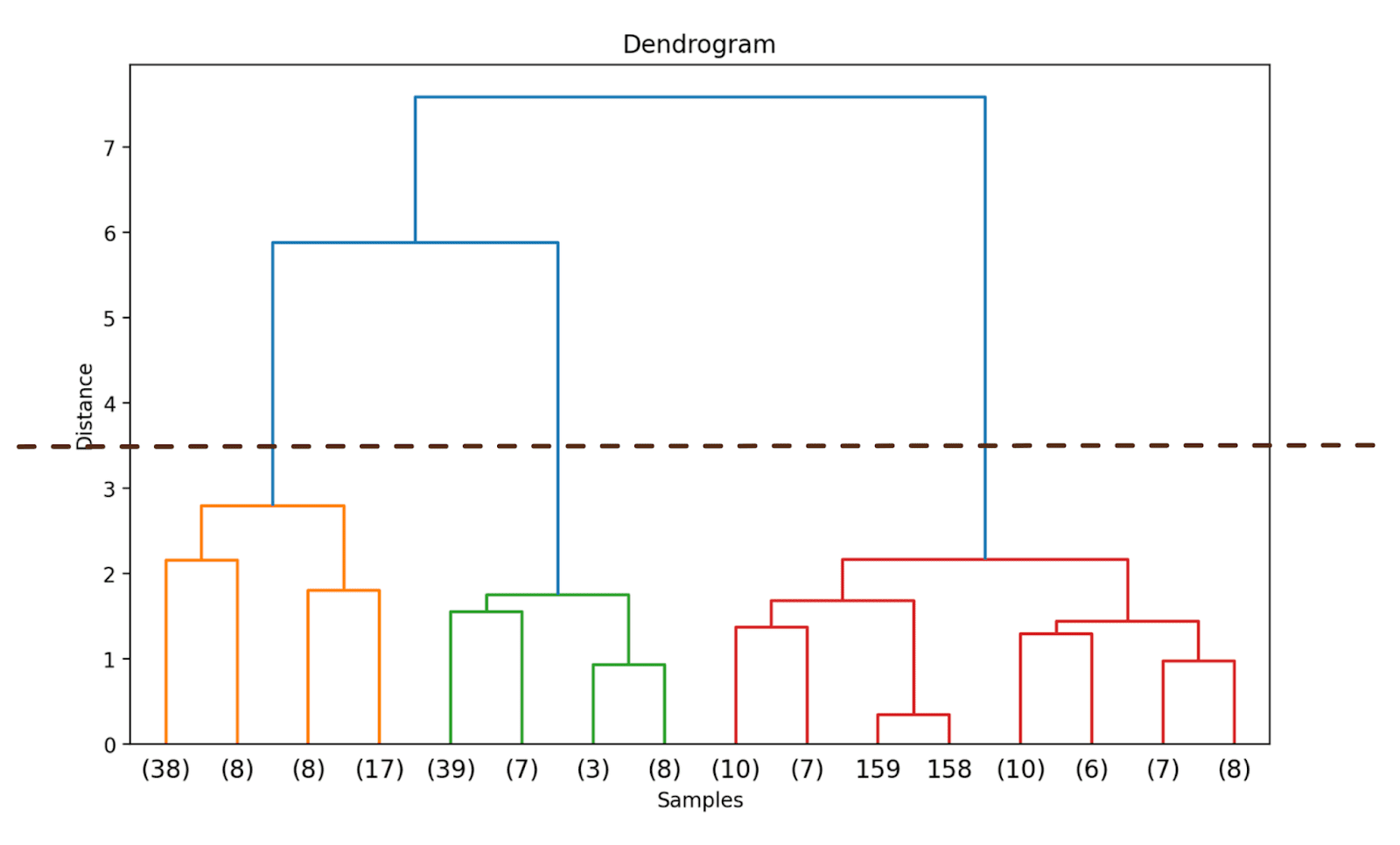
AI-Powered Detectives: Unveiling Hidden Patterns in Crime AnalysisAI-Powered Detectives: Unveiling Hidden Patterns in Crime Analysis In the relentless pursuit of justice, law enforcement agencies are embracing the transformative power of Artificial Intelligence (AI). AI-powered detectives are emerging as invaluable partners in crime analysis, empowering investigators with advanced tools and capabilities to uncover hidden patterns and expedite case resolutions. Enhanced Data Analysis: AI algorithms excel at processing vast volumes of data, including crime reports, images, videos, and social media feeds. These algorithms sift through this data to identify correlations, patterns, and anomalies that may escape human observation. By detecting subtle connections between seemingly disparate pieces of evidence, AI can surface crucial insights that guide investigations. Predictive Analytics: AI-powered systems leverage machine learning techniques to predict future crime patterns. Based on historical data and current trends, AI can identify high-risk areas, potential suspects, and likely methods of operation. This predictive power enables law enforcement to allocate resources more effectively and prevent crimes before they occur. Facial Recognition and Surveillance: AI-powered facial recognition systems provide real-time identification of suspects and victims. They can sift through massive amounts of surveillance footage, matching faces to known databases. Additionally, AI-powered surveillance cameras can detect suspicious activity and trigger alerts, aiding in crime detection and response. Natural Language Processing: AI algorithms trained in natural language processing can analyze written and spoken text, including witness statements, crime reports, and social media posts. They identify key words, phrases, and entities, extracting valuable information that may have been overlooked by human readers. Fraud Detection: AI-powered systems can detect patterns of fraudulent behavior in financial transactions, insurance claims, and other areas. They analyze data from multiple sources to identify suspicious activities, saving time and resources for investigators. Benefits of AI-Powered Detectives: * Enhanced accuracy: AI algorithms eliminate human biases and inconsistencies, ensuring more reliable and objective analysis. * Reduced investigation time: AI reduces the time spent on manual data processing, freeing investigators to focus on critical tasks. * Unveiled hidden connections: AI surfaces patterns and correlations that may not be immediately apparent to human analysts. * Improved decision-making: AI-generated insights empower investigators with actionable information, aiding in evidence selection and case prioritization. * Prevention and deterrence: By identifying crime patterns and potential perpetrators, AI helps law enforcement prevent future crimes and build a safer society. Ethical Considerations: The use of AI in crime analysis raises ethical concerns, including privacy, bias, and accountability. Regulators and policymakers must ensure responsible and ethical deployment of AI technologies, balancing crime-fighting effectiveness with individual rights. Conclusion: AI-powered detectives are revolutionizing crime analysis, providing invaluable tools for investigators to solve complex cases and make their communities safer. As AI continues to evolve, its role in law enforcement will likely expand further, empowering detectives with unprecedented capabilities. By leveraging AI’s analytical prowess, we can enhance justice and protect society from crime’s destructive impacts.
Posted inNews